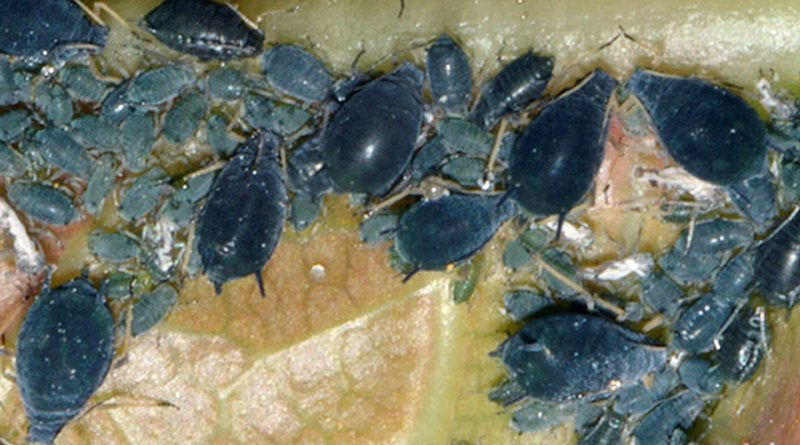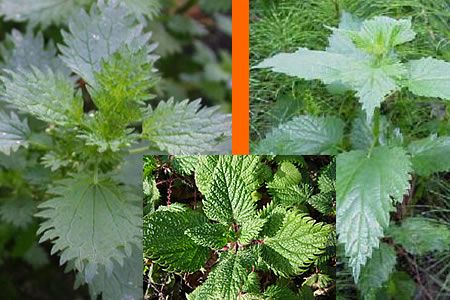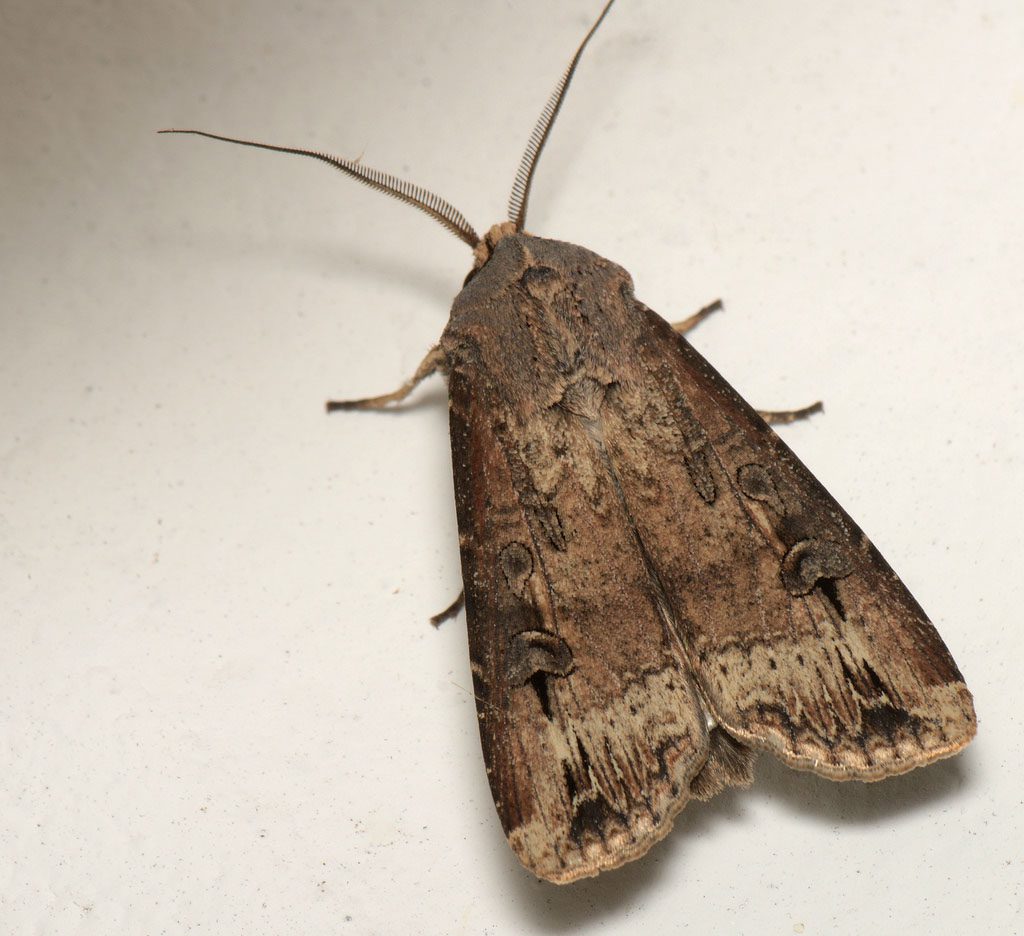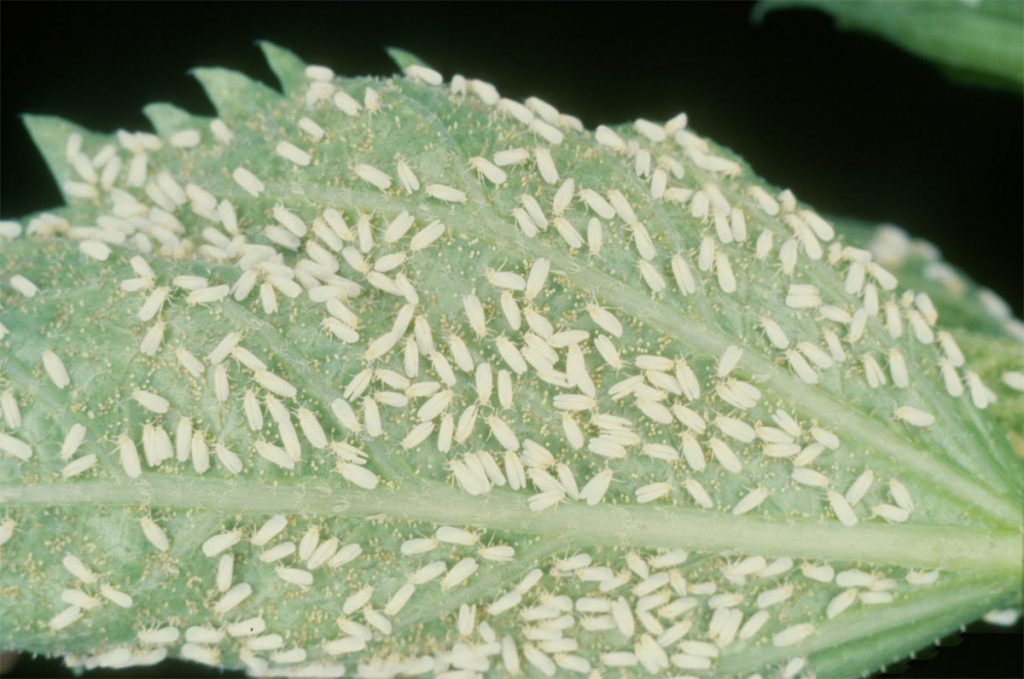Cotton aphid attacks all cucurbits (cucumber, melon, pumpkin, watermelon) and the weed Xanthium spinosum.
Scientific name: Aphis gossypii
Greek name: Αφίδα βαμβακιού
Damage
Aphids establish themselves in tender vegetation and form colonies. With favorable conditions they develop large populations. In the field, cotton plants covered with their honeycombs are easy to spot. Aphid’s honeycombs may eventually stain the cotton fibers as well, degrading the quality (sticky cotton). Soot may develop in the aphid hives, resulting in blackening of the cotton bolls.
Enemy
The adult aphid is 1-2 mm long and varies in color from green to greenish black. At the end of the abdomen it bears 2 black, thick tubular appendages (siphons). Winged and wingless forms coexist. In the winged forms the head and thorax are black.
The nymphs resemble the adults in appearance.
Comments
Aphid infestation on cotton usually occurs in two “waves”: the first early in the growing season, during the early stages of plant development, and the second in summer (June).
Note that and other aphid species can be found on cotton, such as Aphis, craccivora, Myzus persicae, Rhopalosiphum., Macrosiphum euphorbiae.
Source
Tags: APHIDS • PLANTS ENEMY





